Denis Villeneuve’s 2021 adaptation of “Dune” captivated audiences with its stunning visuals, transporting them to the harsh yet captivating world of Arrakis. Now, with “Dune Part Two” on the horizon, anticipation is high for another cinematic feast. But what can we expect from the film’s visual storytelling and production, this time around? Let’s delve deeper into the anticipated cinematography, filming techniques post production,, color palette, and visual diversity of “Dune Part Two,” exploring how these elements will shape the movie and narrative and immerse viewers in the film’s universe.
Widescreen Canvas and Grandiose Framing: A Journey Through Epic Landscapes of Dune
“Dune Part Two” is expected to continue the first film’s commitment to widescreen cinematography. This choice, when films more often utilize formats like IMAX, allows the film to fully capture the grandeur of Arrakis’ landscapes, from the vast sand seas stretching impossibly far to the towering Harkonnen structures. Expect sweeping aerial shots, showcasing the desolate beauty of the desert and the enormity of the conflict brewing beneath the harsh sun.
Beyond the technical aspects, the film’s framing choices will likely continue to employ cinematic composition techniques, drawing viewers’ attention to specific characters or objects within the movie’ vast world. This could involve using leading lines to guide the eye towards a specific character’s journey, or close-up shots to emphasize the emotional intensity of a scene. Imagine footage of a character framed by the immense desert as they stand at a crossroads, or a close-up on Paul Atreides’s (Timothée Chalamet) face, his determination etched in his eyes.
Beyond the Desert: Exploring Visual Diversity and Practical Effects
While Arrakis remains a central location, “Dune Part Two” ventures beyond the desert planet, introducing audiences to new worlds like Caladan and Giedi Prime. Each location is anticipated to have its own unique visual identity, further enriching the first film’s world-building. Caladan, the ancestral home of House Atreides, might be depicted with lush greenery and blue hues, contrasting sharply with the arid tones of Arrakis. Giedi Prime, the Harkonnen stronghold, could be characterized by a harsh, industrial aesthetic, employing darker color palettes and towering metallic structures.
Furthermore, “Dune Part Two” is likely to continue the film series’ commitment to using practical effects whenever possible. This creates a sense of realism and tangibility to the film’s world, enhancing the immersion for viewers. Expect to see detailed physical sets, elaborate costumes, and meticulously crafted creatures like sandworms brought to life through a combination of practical and CGI techniques. The sight of a sandworm emerging from the desert sand, its massive body dwarfing a group of Fremen riders, promises to be both awe-inspiring and terrifying, leaving a lasting impression on viewers.
A Desert Tapestry: Unveiling the Meaningful Color Palette
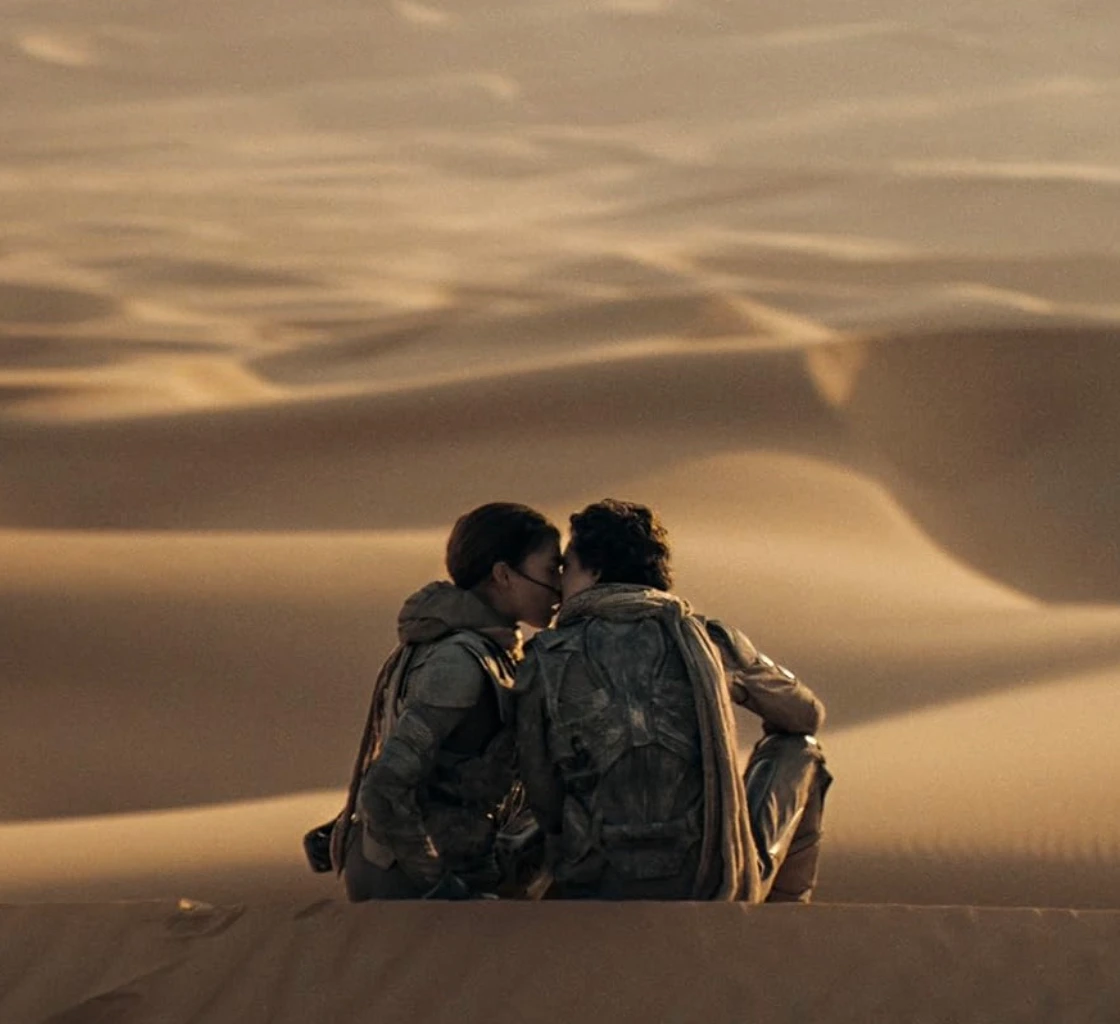
The color palette of “Dune Part Two” is crucial in establishing the film’s atmosphere and thematic elements. Desert hues of ochre, brown, and gold will likely dominate Arrakis’ desert scenes, emphasizing the harshness and unforgiving nature of the environment. However, the color palette won’t be solely defined by browns. Look for subtle accents of blue and green, representing Fremen’s stillsuits and the ever-present hope for a better future.
When venturing beyond Arrakis, expect the film and color palette to shift. Caladan might be depicted with vibrant greens and blues, reflecting its lush landscapes, contrasting sharply with the arid and unforgiving environment of Arrakis. Giedi Prime could be characterized by darker, industrial tones of grey and black, mirroring the harshness of the Harkonnen regime. This contrasting use of color visually emphasizes the film’s thematic exploration of political and cultural differences between the various factions.
More Than Just Aesthetics: Thematic Significance Embodied in Visuals
The film’s visuals are not just window dressing; they serve a vital role in conveying the film and director’s themes. The vastness of the desert landscapes can be interpreted as a metaphor for the idea of the immensity of the universe and the insignificance of individuals within it. The contrasting environments of different planets highlight the complex political and cultural dynamics of the film’s universe.
The use of images of light and shadow can be interpreted as a metaphor for the battle between good and evil, with harsh sunlight representing the harsh realities of the world, and shadows offering a sense of mystery, hope and potential for change. Imagine a scene where Paul Atreides stands defiantly in the harsh sunlight, symbolizing his determination to fight for a better future, while the Fremen, shrouded in shadows, represent the potential for change and the unknown possibilities lurking beneath the surface.
A World Beyond the Screen: Expanding the Dune Universe

“Dune Part Two” promises to be not just a visual spectacle but also a narrative journey that expands upon the fantastic world-building established in the first film. The production and introduction of new locations like Caladan and Giedi Prime, each with its own back story and distinct visual identity, will further immerse viewers in the second film’s universe.
Additionally, the film might delve deeper into the cultural nuances and political complexities of various factions, visually reflecting their differences through costume design, architecture, and even subtle details in the environment. This exploration will likely go beyond the desert of Arrakis, showcasing the diverse cultures, characters, and landscapes that shape the broader universe of “Dune.”
Beyond the Visual: A Story Told Through Sound and Music
While this discussion has focused heavily on the visual aspects of “Dune Part Two,” it’s important to acknowledge the vital role that sound and of course, music will play in shaping the film’s overall theatrical experience.
The sound design will likely mirror the film’s visual elements, with the vastness of the desert being reflected in the echoing sounds of the wind and the harshness of the environment conveyed through powerful audio effects. Additionally, expect to watch the trailer for the film to feature a powerful and evocative score that complements the visuals and enhances the emotional impact of the story.
Hans Zimmer, who composed the score for the first film, is confirmed to return for “Dune Part Two,” and his ability to create music that is both grandiose and intimate promises to further elevate the second film and dune’s emotional resonance.
A Cinematic Journey Awaits: Prepare to Be Enthralled
The combination of breathtaking landscapes, intricate world-building, character, and thematic depth, coupled with powerful sound design and music, promises to make “Dune Part Two” a cinematic experience not to be missed. So, prepare to be transported once again to the vast deserts of Arrakis and witness the captivating visuals that shape the narrative of “Dune Part Two.”
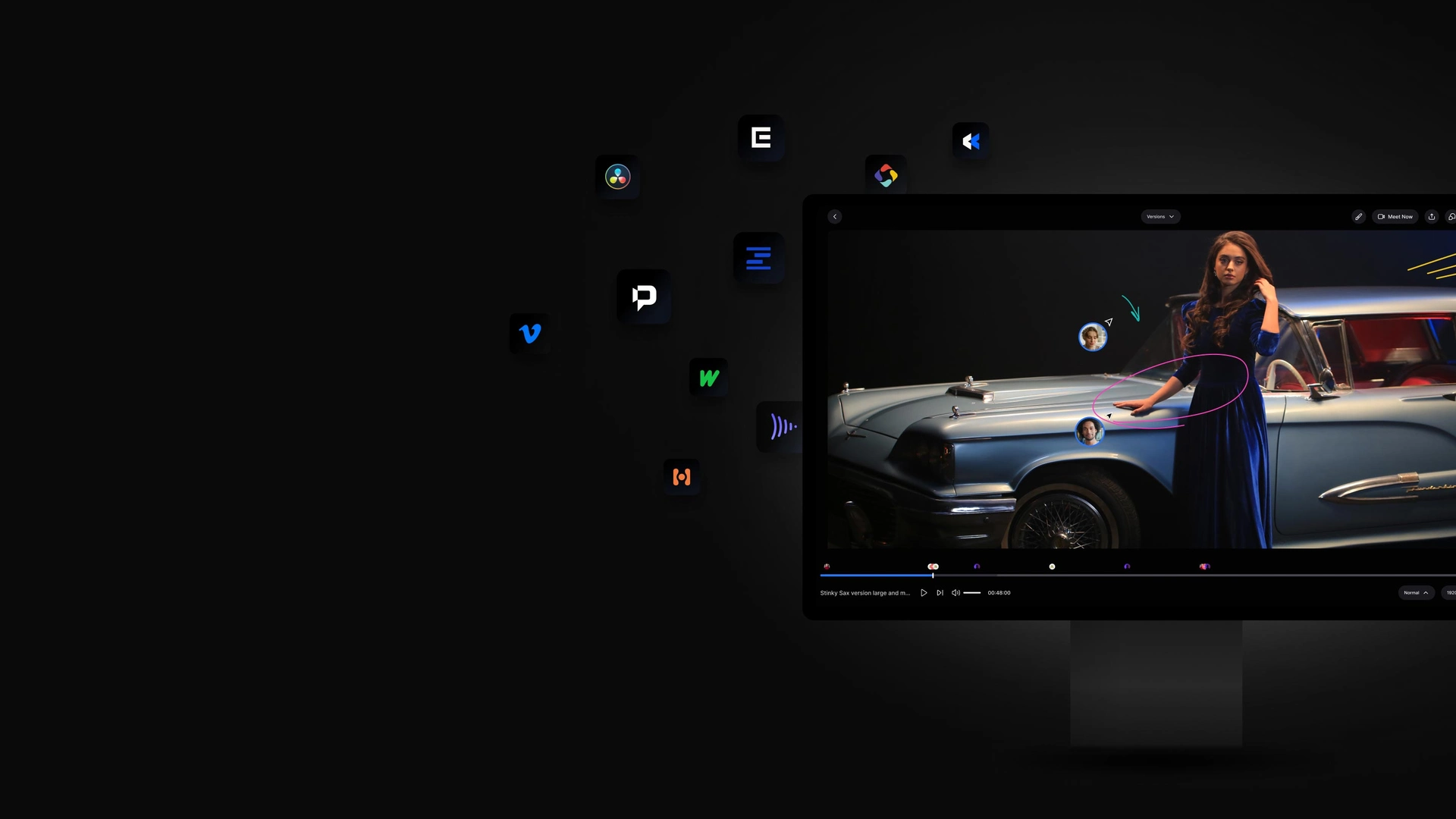
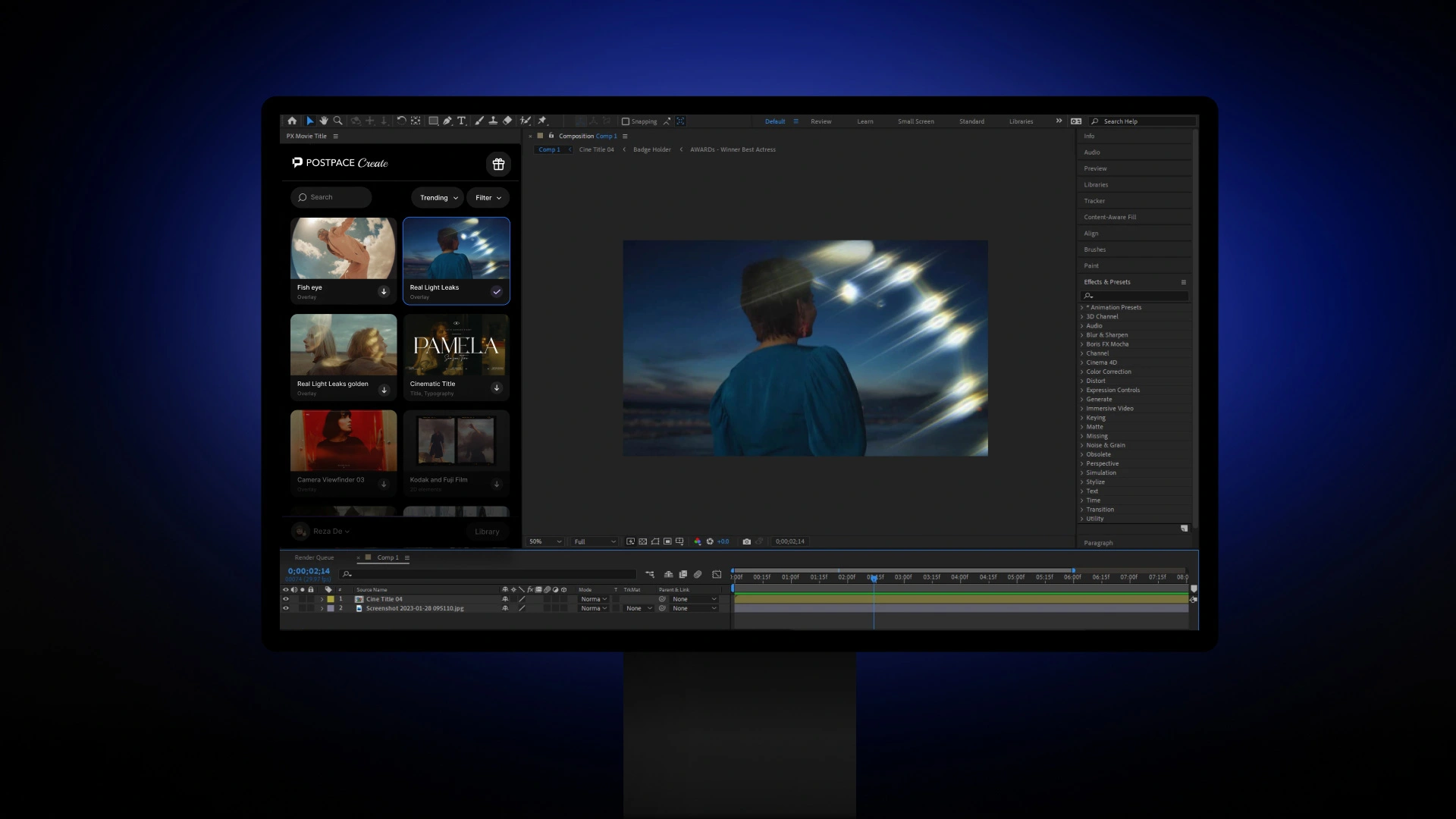
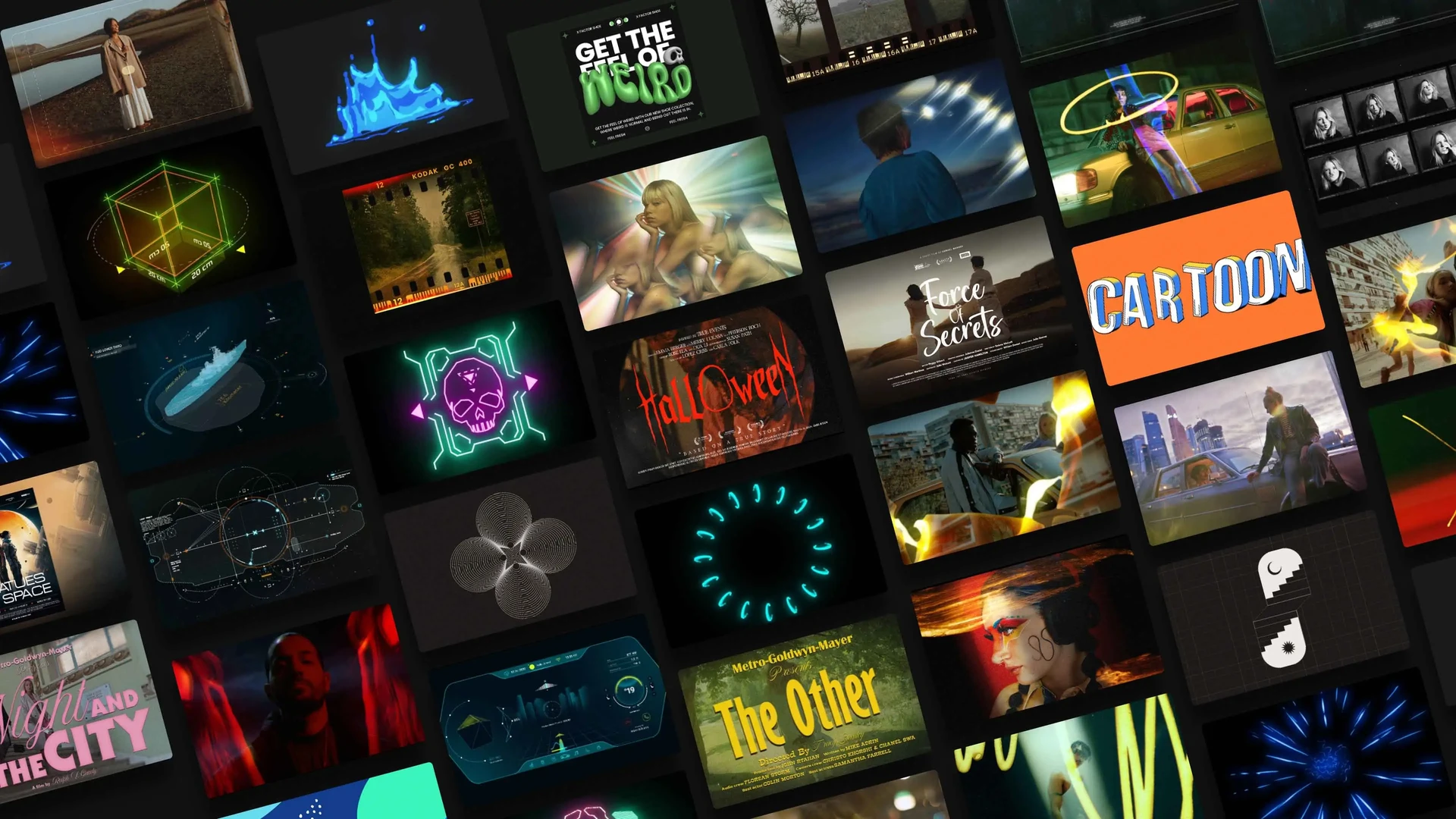
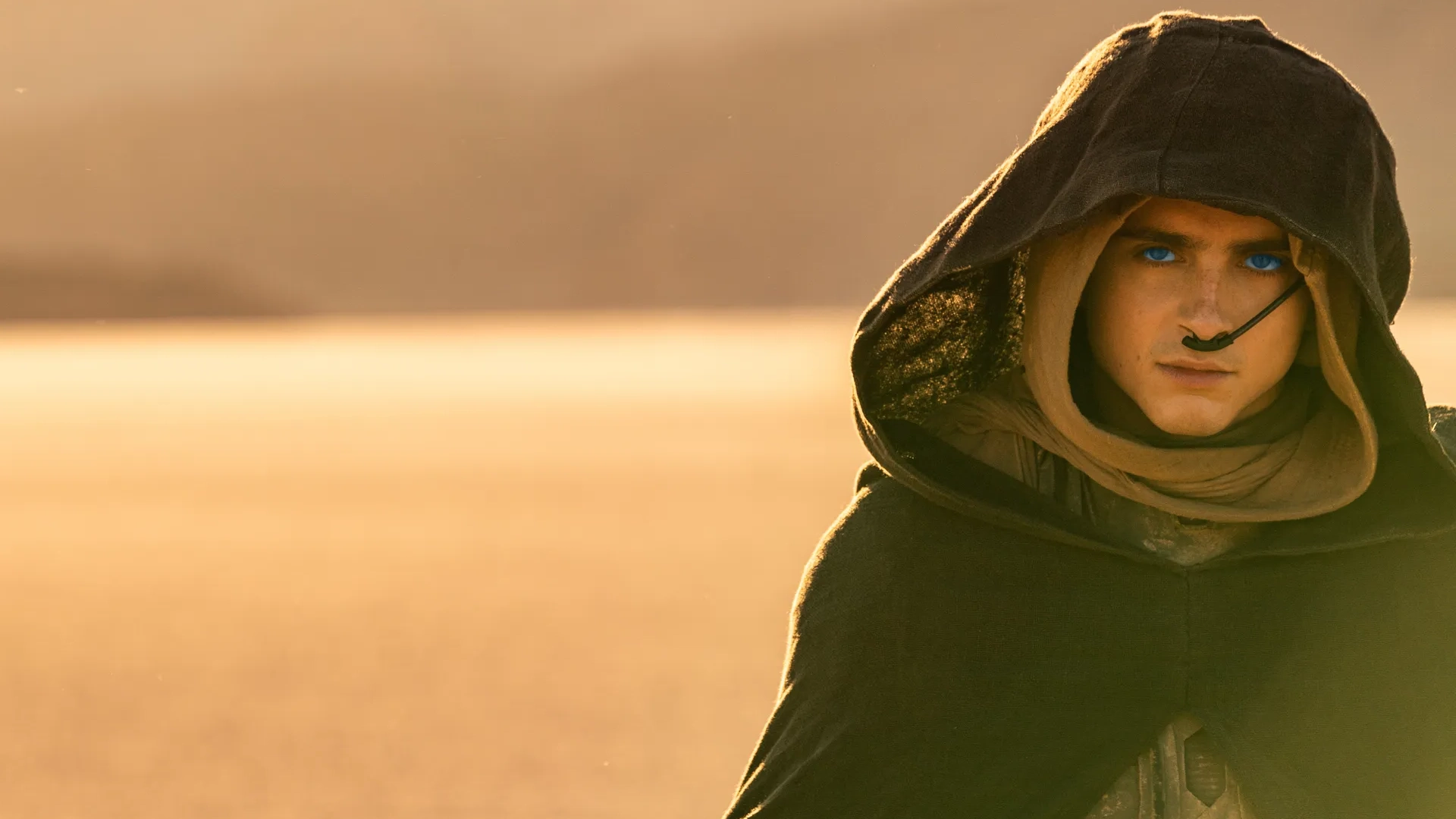
This is amazing, thank you guys
Glad you enjoyed it 😊